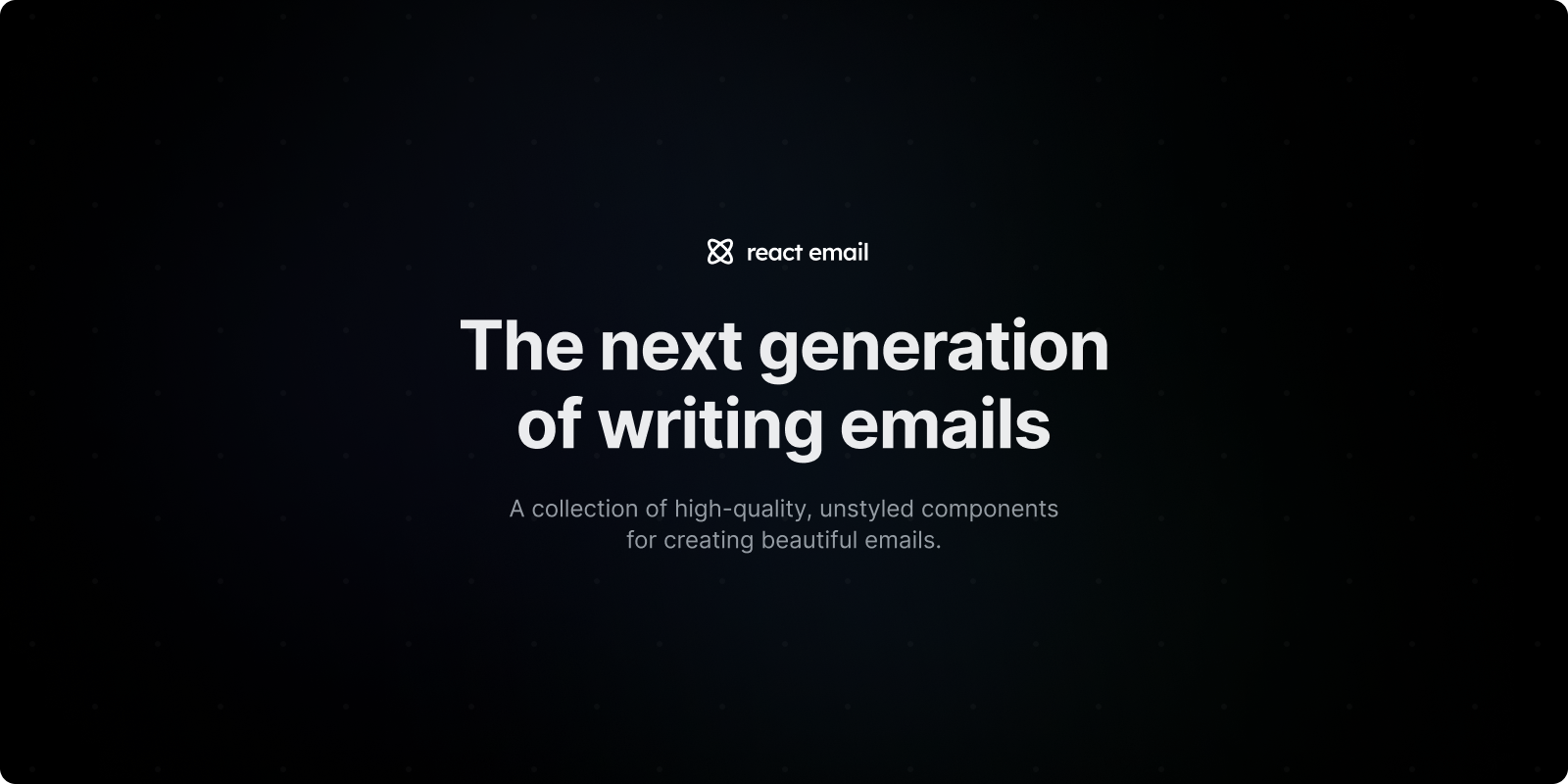Rendering Engine
- react-email:
react-email allows you to write email templates using standard React components and JSX syntax. This approach enables developers to leverage their existing React knowledge and tools, making it easier to integrate email design into React applications.
- mjml-react:
mjml-react uses the MJML markup language, which is specifically designed for responsive email templates. It compiles MJML into HTML that is optimized for email clients, ensuring that the final output is both visually appealing and functional across different platforms.
Responsiveness
- react-email:
react-email provides a flexible way to create responsive email layouts using CSS-in-JS techniques. While it requires more manual setup compared to mjml-react, it allows for greater customization and control over the styling of components.
- mjml-react:
mjml-react inherently supports responsive design through the MJML framework, which automatically adjusts the layout based on the screen size. This feature is crucial for ensuring that emails look good on both desktop and mobile devices without additional effort from the developer.
Learning Curve
- react-email:
react-email is easier to pick up for developers already familiar with React, as it uses standard React conventions. This familiarity can lead to a quicker development process, especially for teams already working within the React ecosystem.
- mjml-react:
mjml-react has a moderate learning curve, especially for those unfamiliar with MJML. However, once the basics of MJML are understood, developers can quickly create complex email layouts without dealing with the intricacies of HTML email design.
Community and Support
- react-email:
react-email, being a part of the React ecosystem, has access to a vast array of resources and community support. Developers can leverage existing React documentation and community forums to troubleshoot issues or find best practices.
- mjml-react:
mjml-react benefits from a strong community around the MJML framework, which provides extensive documentation, examples, and support channels. This can be advantageous for developers seeking help or resources when building email templates.
Integration
- react-email:
react-email integrates seamlessly with existing React applications, allowing for a cohesive development experience. It can be used alongside other React libraries and tools, making it a versatile choice for developers looking to maintain consistency in their tech stack.
- mjml-react:
mjml-react can be easily integrated into various build processes and workflows, allowing developers to generate email templates as part of their CI/CD pipelines. This integration capability is beneficial for teams that need to automate email generation.







